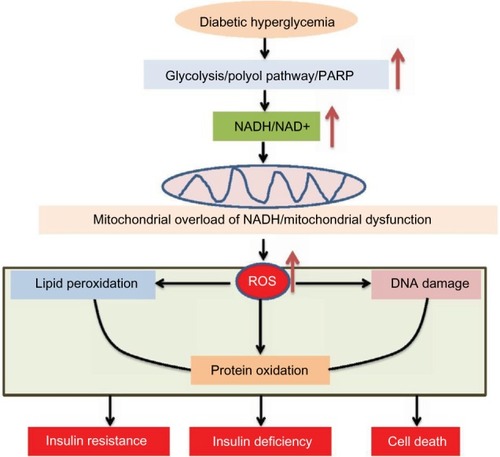Figures & data
Figure 1 Metabolic pathways and enzymes involved in NADH production using NAD+ as their cofactor.
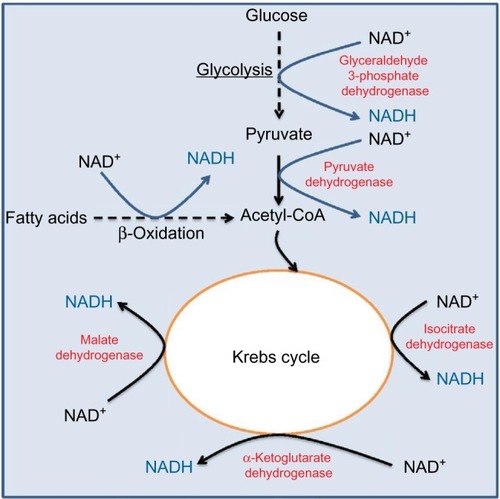
Figure 2 Polyol pathway.
Abbreviations: GSSG, oxidized glutathione; GSH, reduced glutathione.
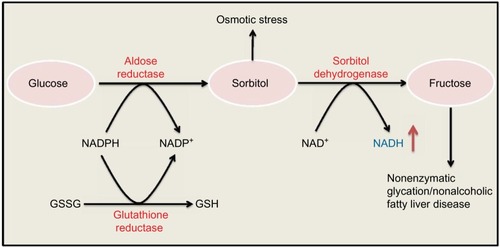
Figure 3 Two enzyme systems that are involved in NAD+ degradation.
Abbreviation: 2′-O-acetyl-ADPR, 2′-O-acetyl-ADP ribose.
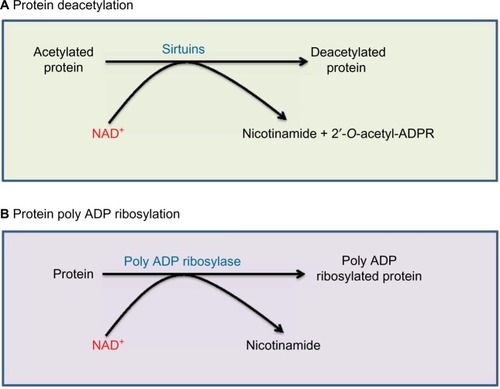
Figure 4 Major cellular enzymes involved in NAD+ regeneration.
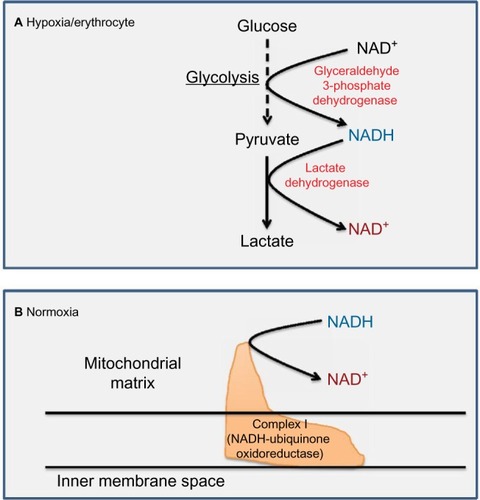
Figure 5 Consequences of NADH/NAD+ redox imbalance.
Abbreviations: ROS, reactive oxygen species; PARP, poly ADP ribose polymerase.
